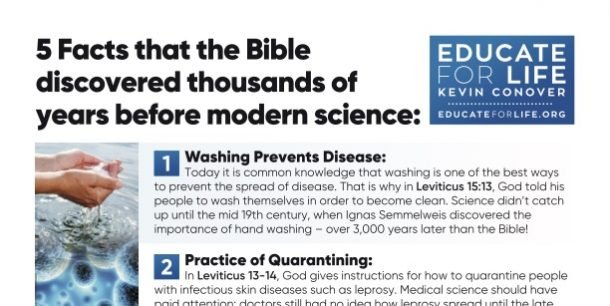Thursday, November 21, 2013
Flood models and biblical realism (pt. 3)
Meteorite impact
In the Bible, the first cause for the Flood was “all the fountains of the great deep burst forth” and the second was “the windows of the heavens were opened” (Genesis 7:11). Keil and Delitzsch comment:
“The same day were all the fountains of the great deep (תהום te hôm the unfathomable ocean) broken up, and the sluices (windows, lattices) of heaven opened, and there was (happened, came) pouring rain (גשם geshem) in distinction from מטר (mātār) upon the earth 40 days and 40 nights.’ Thus the flood was produced by the bursting forth of fountains hidden within the earth, which drove seas and rivers above their banks, and by rain which continued incessantly for 40 days and 40 nights.”25
Thus the Flood began with fountains in the sea and other deep parts of the earth, and only secondarily from the rain. However, some Flood models involve a meteorite initiating the Flood. But this could never be derived from the biblical text, and is instead driven by ‘science’. But could it be acceptable anyway?
Certainly, there is strong evidence of large numbers of impacts on the earth and other solar system bodies. Further, the evidence from lunar craters—their location mainly in one quadrant and the ‘ghost’ craters26,27 —suggests that the main source of bombardment was a narrow meteoroid swarm that passed by before the moon had moved very far in a single orbit.28 A likely time for this swarm was in the Flood year. Indeed, multiple impacts would provide sufficient energy to maintain the Flood, including causing much water (liquid and vapour) to shoot into the sky and return as rain. The Bible is genuinely silent on this, so such a model is biblically acceptable; whether it can solve all the geological problems is an ongoing question.29
Read the rest of this article on Creation.com!
References
25. Keil, C.F. and Delitzsch, F., Commentaries on the Old Testament, n.d., original German in the 19th century, English translation published by Eerdmans, Grand Rapids, MI, The Pentateuch, 1.
26. A ‘ghost crater’ is “the bare hint which remains of a lunar feature that has been practically destroyed by some later action.” Alter, D., Pictorial Guide to the Moon, 3rd ed., Thomas Y. Crowell Company, New York, 1973.
27. The problem is that huge ancient meteorite impacts would both obliterate previous craters and smash open the crust and release lava. This leaves a very narrow time window for new impact craters to form, then be partially buried by the lava, leaving ‘ghosts’. Walker, T. and Catchpoole, D., Ghost craters are young too, Creation 31(3):18, 2009; Samec, R.G., On the origin of lunar maria, J. Creation 22(3):101–108, 2008; creation.com/lunar-maria.
28. Faulkner, D., A biblically-based cratering theory, J. Creation 13(1):100–104, 1999; creation.com/cratering; Spencer, W.R., Response to Faulkner’s ‘biblically-based cratering theory‘, J. Creation 14(1):46–49, 2000; creation.com/crateringresponse. They propose that a brief, narrow swarm of space objects impacted the moon producing the distinctive, dark, basaltic maria (‘seas’). This explains why the maria are almost exclusively confined to one quadrant—the swarm passed before the moon had time to turn on its axis (it is tidally locked) and expose the other side.
29. Oard, M.J., How many impact craters should there be on the earth? J. Creation 23(3):61–69, 2009; further discussion in letter by Bernitt, R. and reply by Oard, 24(1):48–49, 2010.


Trackbacks/Pingbacks